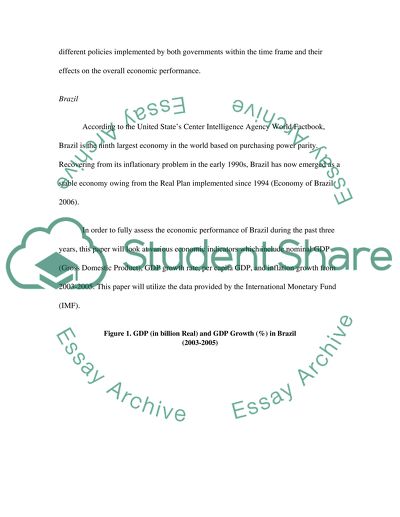Cite this document
(“Economy of Brazil and Russia Essay Example | Topics and Well Written Essays - 2000 words”, n.d.)
Economy of Brazil and Russia Essay Example | Topics and Well Written Essays - 2000 words. Retrieved from https://studentshare.org/miscellaneous/1517131-economy-of-brazil-and-russia
Economy of Brazil and Russia Essay Example | Topics and Well Written Essays - 2000 words. Retrieved from https://studentshare.org/miscellaneous/1517131-economy-of-brazil-and-russia
(Economy of Brazil and Russia Essay Example | Topics and Well Written Essays - 2000 Words)
Economy of Brazil and Russia Essay Example | Topics and Well Written Essays - 2000 Words. https://studentshare.org/miscellaneous/1517131-economy-of-brazil-and-russia.
Economy of Brazil and Russia Essay Example | Topics and Well Written Essays - 2000 Words. https://studentshare.org/miscellaneous/1517131-economy-of-brazil-and-russia.
“Economy of Brazil and Russia Essay Example | Topics and Well Written Essays - 2000 Words”, n.d. https://studentshare.org/miscellaneous/1517131-economy-of-brazil-and-russia.


